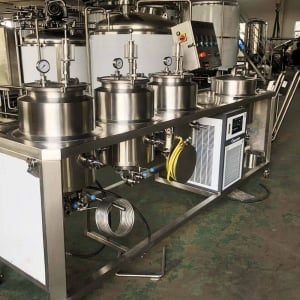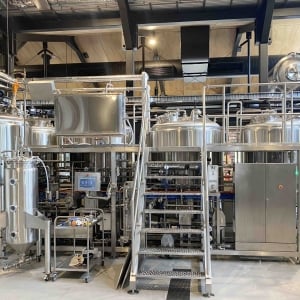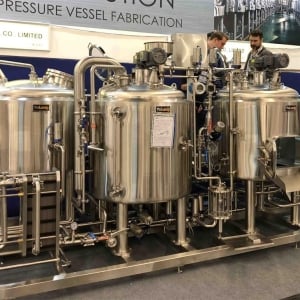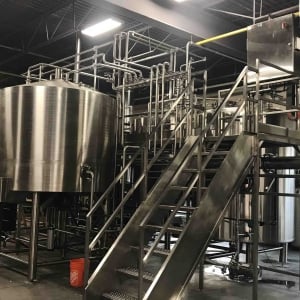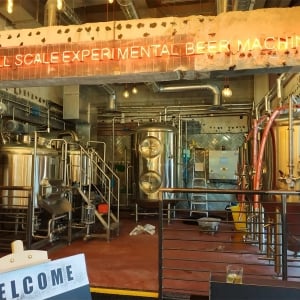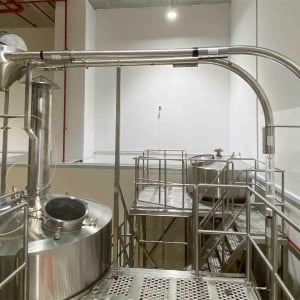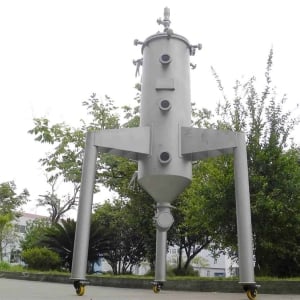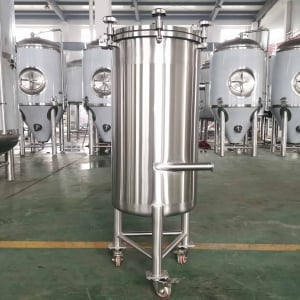Behind the Scenes of a Microbrewery: The Role of the 3 Vessel Brewing System
Brewing beer is both an art and a science, and a crucial part of the process is the equipment used. In a microbrewery, the 3 vessel brewing system is one of the most common setups used for producing high-quality craft beer. This system allows for greater control over the brewing process and can have a significant impact on the final product’s taste and quality. In this post, we’ll take a closer look at the role of the 3 vessel brewing system in a microbrewery, exploring its three key components: the mash tun, the lauter tun, and the kettle. So, whether you’re a beer enthusiast, a homebrewer, or a microbrewery owner, read on to learn more about the behind-the-scenes of a microbrewery and the important role of the 3 vessel brewing system.
What the 3 Vessel Brewing System is?
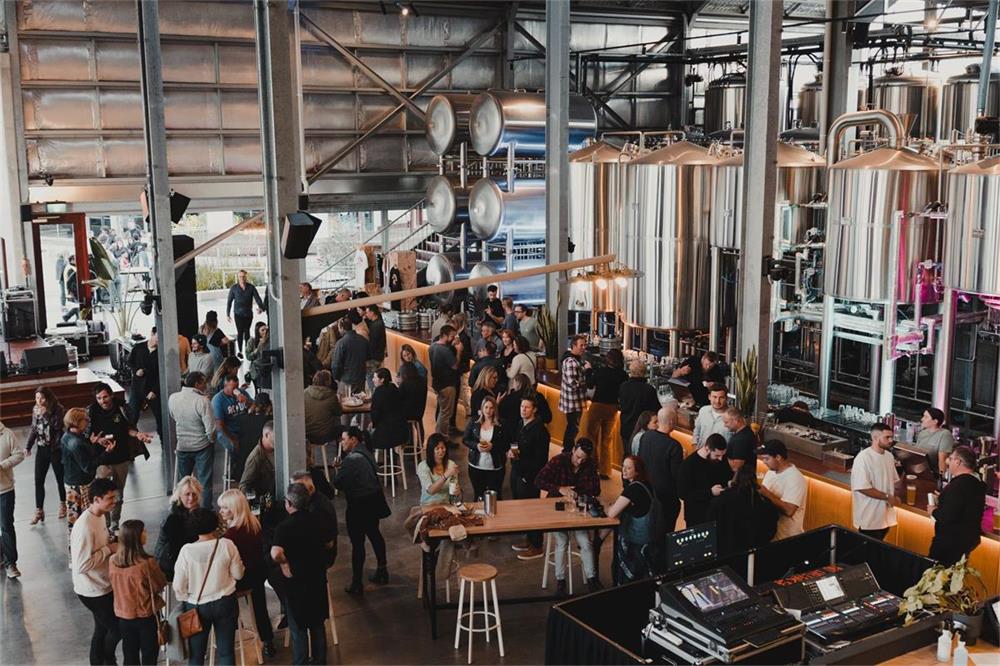
When it comes to brewing beer, there are several different systems and equipment options available, but one of the most popular and widely-used setups is the 3 vessel brewing system. This system consists of three main components: the mash tun, the lauter tun, and the kettle. Each vessel has a specific role to play in the brewing process, and together, they allow for greater control over the process and a more consistent final product.
Compared to other brewing systems, the 3 vessel brewing system offers several advantages. For one, it allows for more precise temperature control during the mashing process, which helps to extract sugars from the grains more efficiently. Additionally, the lauter tun allows for better separation of the wort from the spent grains, resulting in a clearer and cleaner final product. Finally, the kettle allows for precise control over the boiling process, including the addition of hops and other ingredients, which can have a significant impact on the final flavor of the beer.
Overall, the 3 vessel brewing system is an important tool for microbreweries looking to produce high-quality craft beer. It offers greater control and consistency, which translates into a better final product for beer enthusiasts to enjoy. In the following sections, we’ll take a closer look at each of the three vessels in the system and their roles in the brewing process.
Mash Tun
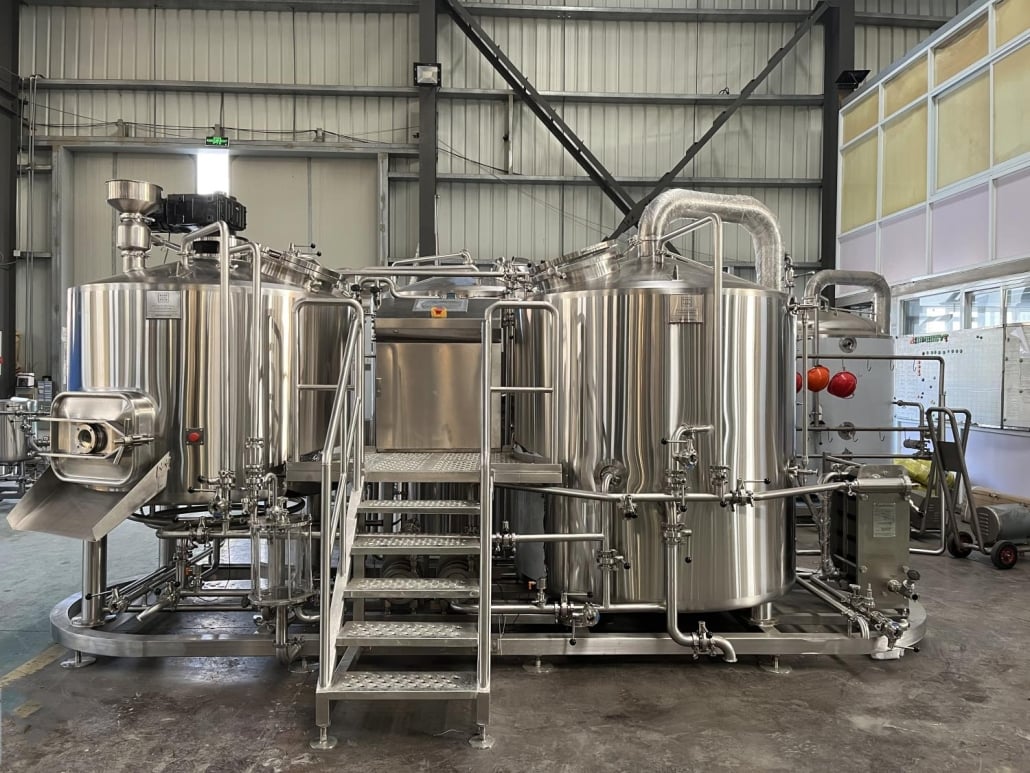
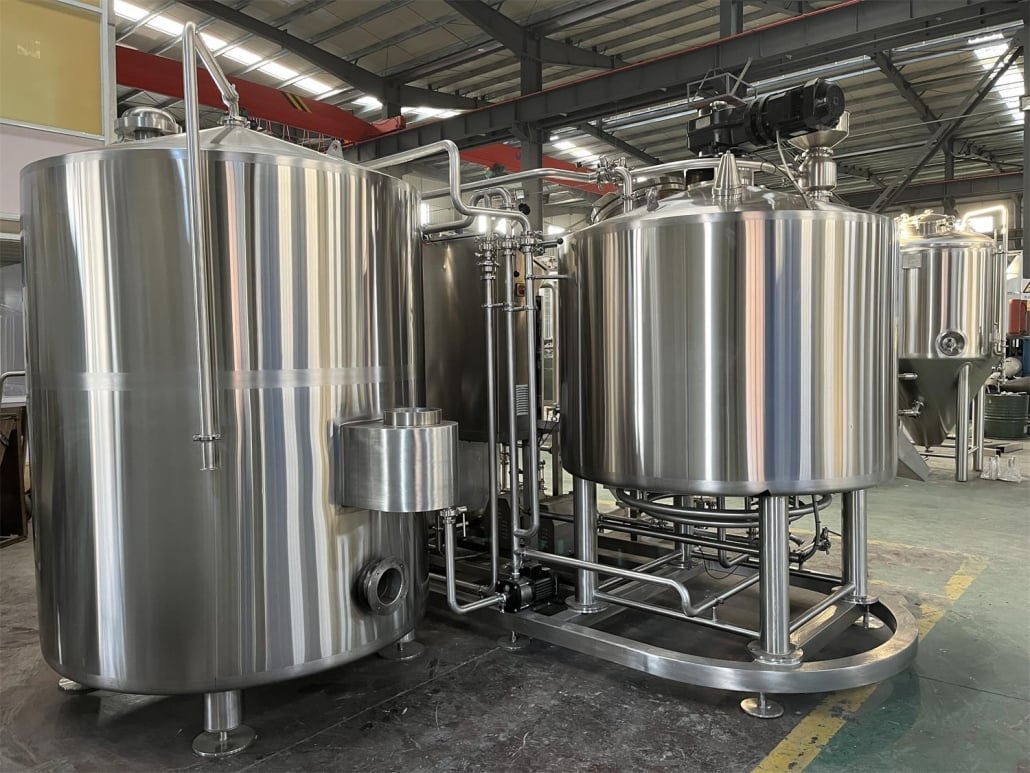
The mash tun is the first vessel in the 3 vessel brewing system and plays a crucial role in the brewing process. It is where the grains are combined with hot water to begin the mashing process, which extracts the sugars that will eventually be fermented into alcohol. The mash tun is designed to maintain a specific temperature range, typically between 148 and 158 degrees Fahrenheit, to promote the enzymatic activity required for the sugar extraction process.
During mashing, the hot water and grains are mixed together, creating what is known as a “mash.” The mash tun’s design allows for thorough mixing and uniform heating, ensuring that all of the grains are exposed to the water and heat evenly. The mash is then allowed to rest for a predetermined amount of time, typically between 60 and 90 minutes, to allow for the enzymatic process to take place fully.
Once the mashing process is complete, the mash is transferred to the next vessel in the 3 vessel system, the lauter tun, where the liquid wort is separated from the spent grains. The mash tun is then cleaned and prepared for the next batch of beer. Overall, the mash tun is a crucial component of the brewing process and is responsible for extracting the sugars that will eventually become the beer’s alcohol content. Its precise temperature control and thorough mixing ensure a consistent final product batch after batch.
Lauter Tun
The lauter tun is the second vessel in the 3 vessel brewing system and is responsible for separating the liquid wort from the spent grains after the mashing process. Once the mashing process is complete, the mash is transferred to the lauter tun, where the liquid is separated from the solid grains through a process known as lautering.
During lautering, the liquid wort is drained from the mash tun and filtered through a bed of spent grains, known as the grain bed. This process helps to clarify the wort and remove any impurities, resulting in a cleaner and clearer final product. The lauter tun’s design allows for precise control over the flow rate of the wort and the depth of the grain bed, which can impact the efficiency of the lautering process.
Once the lautering process is complete, the spent grains are removed from the lauter tun, and the liquid wort is transferred to the final vessel in the 3 vessel system, the kettle, where it will be boiled and hops and other ingredients will be added. The spent grains can be repurposed as animal feed, compost, or other products, reducing waste and increasing sustainability in the brewing process.
Overall, the lauter tun is an essential component of the 3 vessel brewing system and is responsible for separating the liquid wort from the spent grains and clarifying the wort before it moves on to the final stages of the brewing process. Its design and efficiency play a significant role in producing high-quality craft beer.
Kettle
The kettle is the final vessel in the 3 vessel brewing system and is where the liquid wort is boiled, hops and other ingredients are added, and the final flavor profile of the beer is developed. Once the wort has been separated from the spent grains in the lauter tun, it is transferred to the kettle, where it is brought to a boil.
During boiling, the wort is sterilized, and the hops and other ingredients are added. The boiling process extracts the bitterness from the hops and other flavors and aromas, which will give the beer its unique taste and aroma. The length and intensity of the boil can also impact the final flavor profile, as well as the color of the beer.
Once the boiling process is complete, the hot wort is transferred to a cooling system, where it is rapidly cooled to the appropriate temperature for fermentation. At this point, yeast is added, and the fermentation process begins.
Overall, the kettle is a critical component of the 3 vessel brewing system, and the boiling process plays a significant role in the final flavor and aroma of the beer. The addition of hops and other ingredients during the boil helps to create a complex and unique flavor profile, while the precise control over the temperature and intensity of the boil ensures a consistent final product batch after batch.
How the 3 vessel system impacts beer quality?

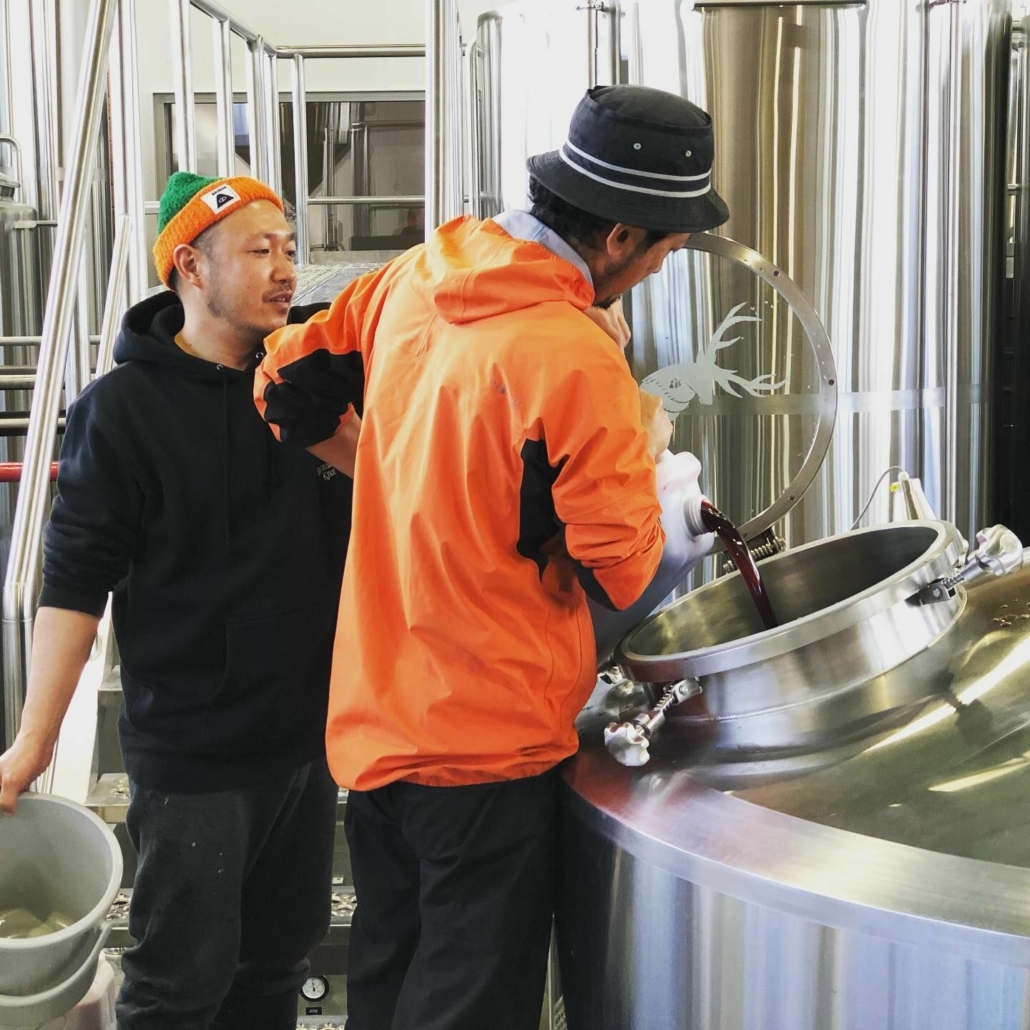
The 3 vessel brewing system can have a significant impact on the quality of the beer produced. One of the main advantages of this system is the greater control it allows over the brewing process. Precise temperature control, thorough mixing, and efficient separation of the wort from the spent grains all contribute to a better final product.
The mash tun, lauter tun, and kettle each play a specific role in the brewing process and allow for greater control over key steps like sugar extraction, clarification, and flavor development. By carefully controlling these steps, the 3 vessel system can produce a more consistent and high-quality final product.
In addition, the 3 vessel system offers more flexibility and customization options compared to other brewing systems. Brewers can adjust the brewing process and the addition of ingredients to create unique and complex flavors and aromas. This level of control allows for greater creativity and experimentation, resulting in a wider variety of beer styles and flavors.
Overall, the 3 vessel brewing system is a valuable tool for microbreweries looking to produce high-quality craft beer. Its precision, flexibility, and efficiency allow for greater control over the brewing process, resulting in a better final product that beer enthusiasts can enjoy.
Challenges and Considerations
While the 3 vessel brewing system offers many advantages, it also presents some challenges and considerations for microbreweries. One of the most significant challenges is the cost. The 3 vessel system requires specialized equipment and infrastructure, which can be expensive to purchase and install.
Another consideration is space requirements. The 3 vessel system requires more space compared to other brewing systems due to the additional vessels and infrastructure needed. This can be a limiting factor for microbreweries with limited space.
Finally, the 3 vessel system requires skilled operators who are trained in the brewing process and the use of the specialized equipment. This means that microbreweries may need to invest in training or hire experienced personnel to operate the system effectively.
Despite these challenges, the 3 vessel system can be a worthwhile investment for microbreweries looking to produce high-quality craft beer. With careful planning and consideration, the benefits of the system can outweigh the costs and challenges. It offers greater control over the brewing process, flexibility in creating unique and complex flavors, and a more consistent final product that beer enthusiasts will appreciate.
Conclusion

In conclusion, the 3 vessel brewing system plays a critical role in producing high-quality craft beer. Its precise temperature control, thorough mixing, and efficient separation of the wort from the spent grains all contribute to a better final product. The system’s flexibility and customization options also allow for creativity and experimentation in creating unique and complex flavors and aromas.
However, the 3 vessel brewing system also presents challenges and considerations, including cost, space requirements, and the need for skilled operators. Microbreweries considering implementing this system should carefully consider these factors and plan accordingly to ensure a successful implementation.
Overall, the 3 vessel brewing system is a valuable tool for microbreweries looking to produce high-quality craft beer. Its precision, flexibility, and efficiency allow for greater control over the brewing process, resulting in a better final product that beer enthusiasts will appreciate. By investing in the 3 vessel system, microbreweries can elevate their craft beer game and stand out in an increasingly competitive market.
Thank you for reading this blog about 3 vessel brewing system. If you’re looking for a high-quality, durable, and easy-to-use 3 vessel brewing system, we recommend the brewing equipment brand Yolong Brewtech. Yolong brewing equipment has a good reputation in the market, and their products’ quality and reliability have stood the test of time. To learn more, visit our product page and browse our brewing system products.



